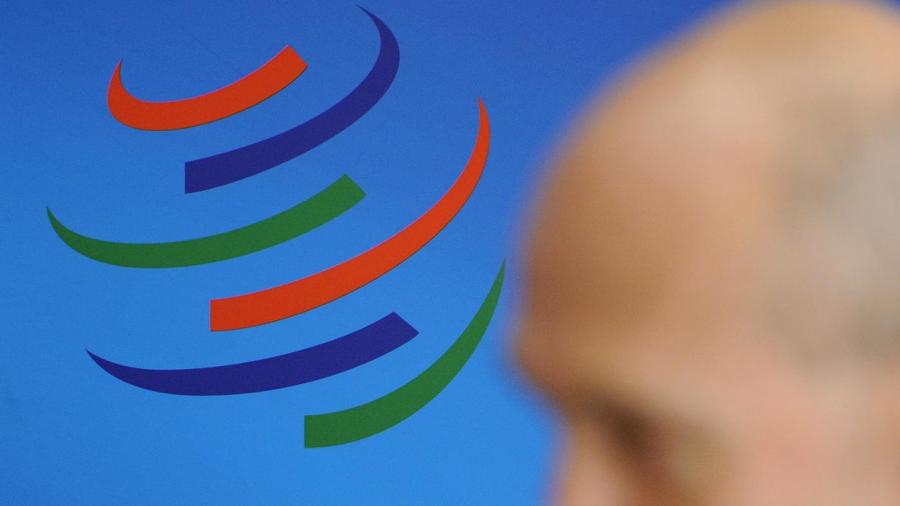What Are the Functions of the World Trade Organization?

The main function of the World Trade Organization, or WTO, is ensuring that international trade flows as smoothly as possible in the multilateral trading system between its 157 member countries. The WTO is the only international organization dealing with the global rules of trade between nations.
Other interrelated functions of the WTO that operate in support of its main purpose include providing a forum for negotiations among countries and serving as a dispute settlement mechanism. When conflict arises between member nations, the countries bring their cases before the WTO, where virtually all decisions are made by consensus and are ratified by member nations’ legislative or governing bodies. Settling conflicts through the WTO reduces the risk of disputes spilling over into political or military conflict.
Another main function of the WTO is the oversight of the development, implementation and administration of WTO agreements. The WTO oversees at least 60 agreements that have the status of international legal texts. These agreements, negotiated and signed by governments, are contracts that guarantee important trade rights to WTO member countries. The WTO agreements also bind governments to keep their trade policies within agreed limits.
The WTO officially was formed in 1995 under the Marrakesh Agreement. It grew out of the General Agreement on Tariffs and Trade, which was signed in 1947.





